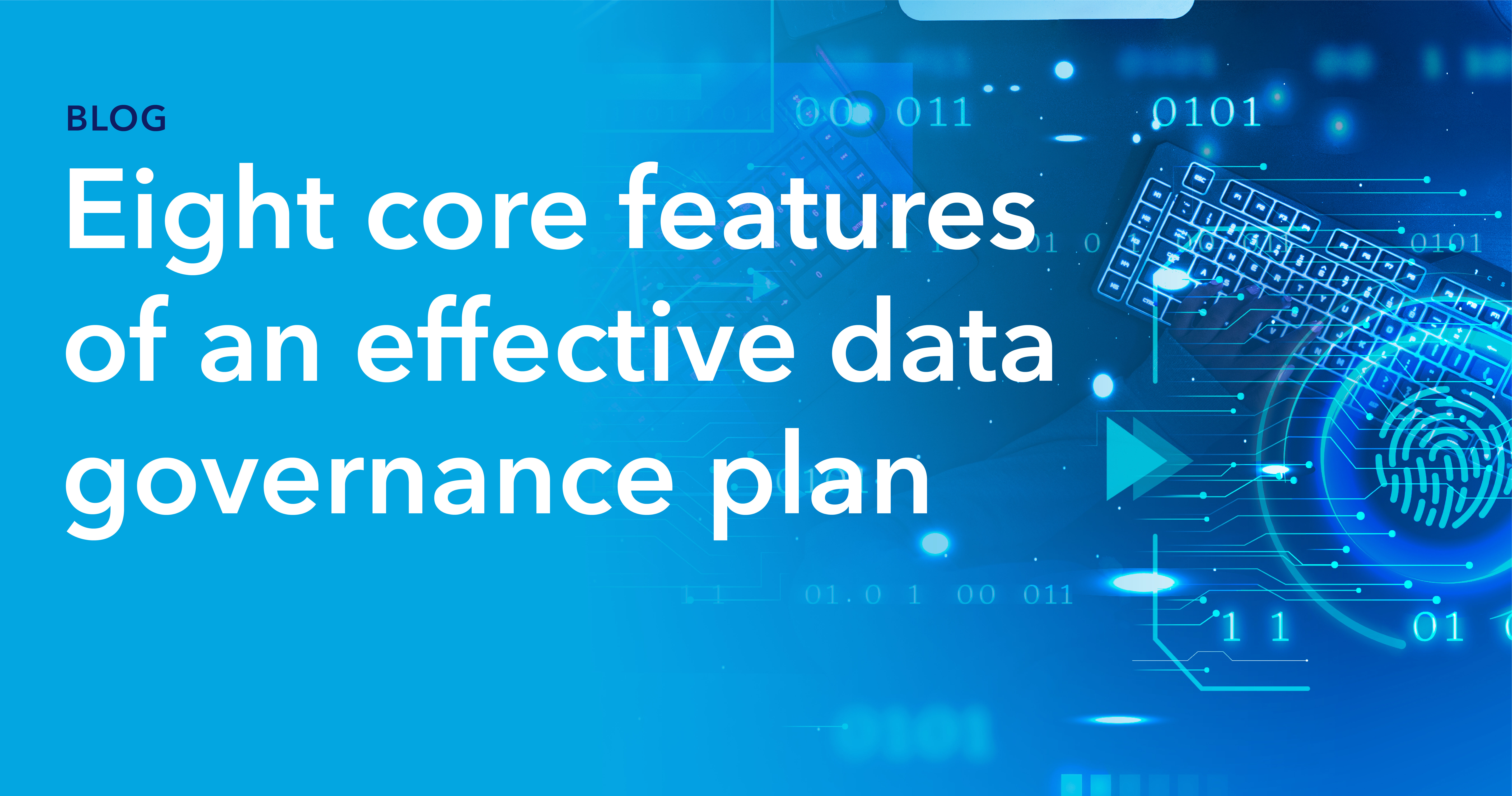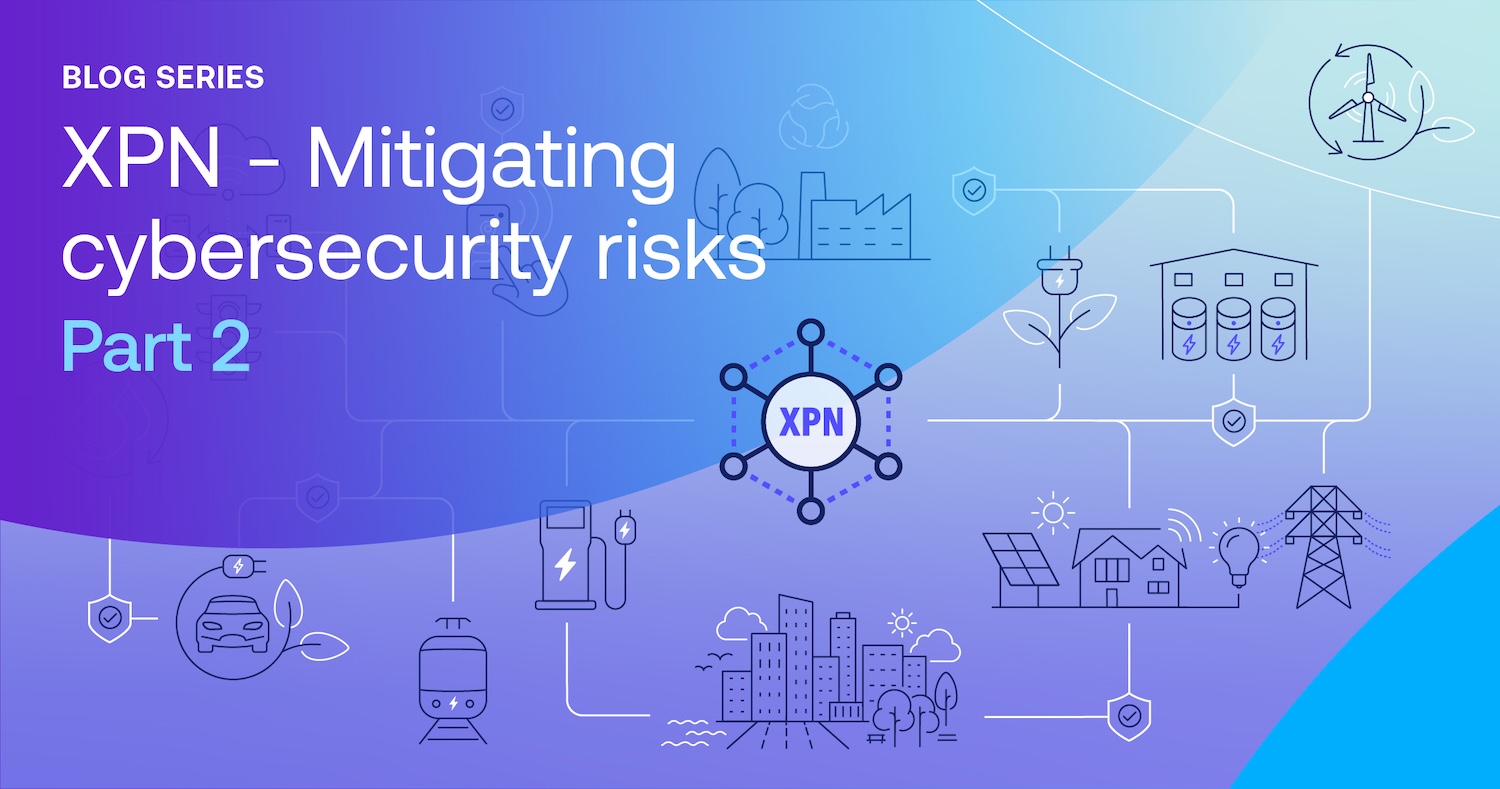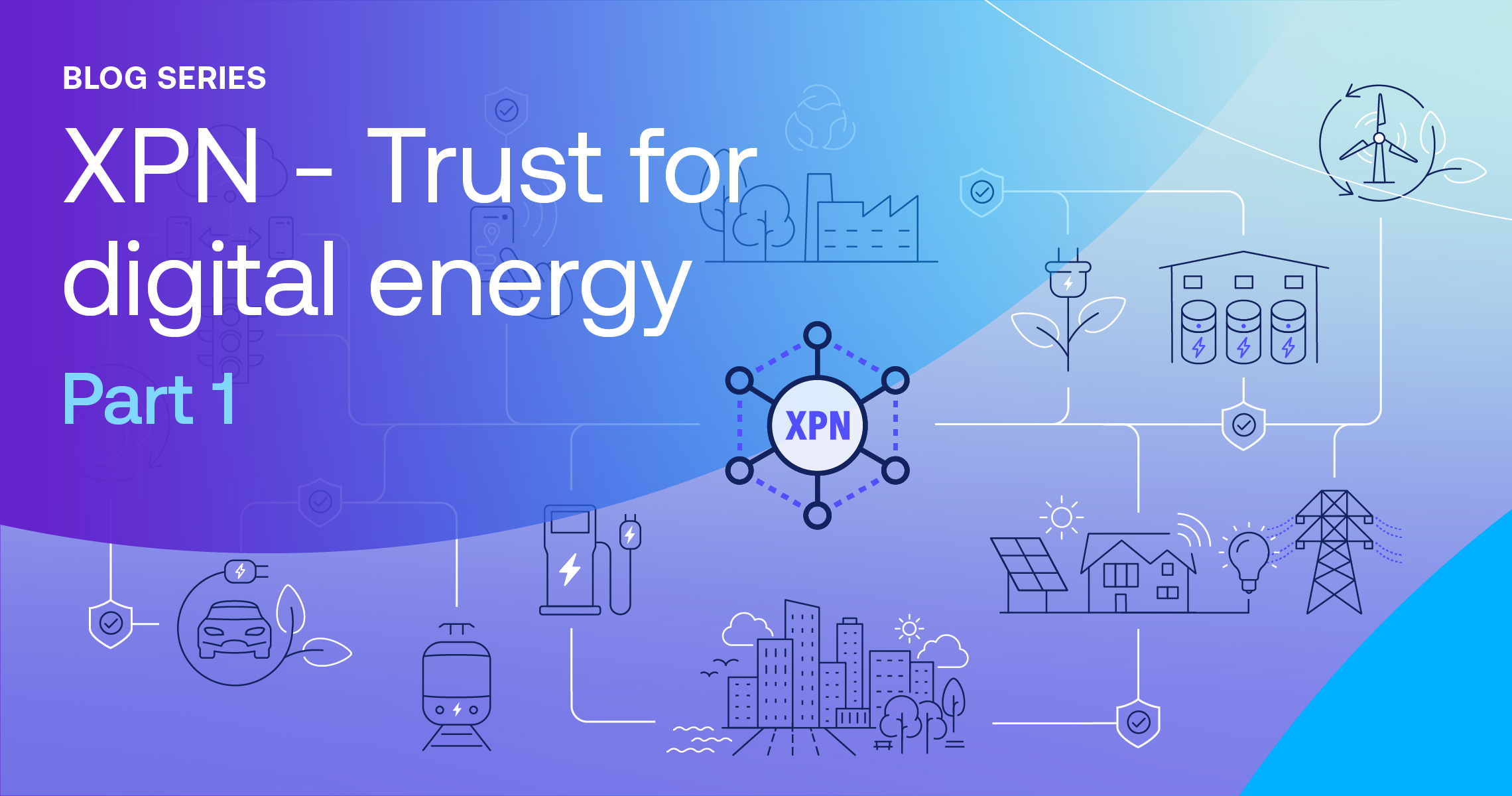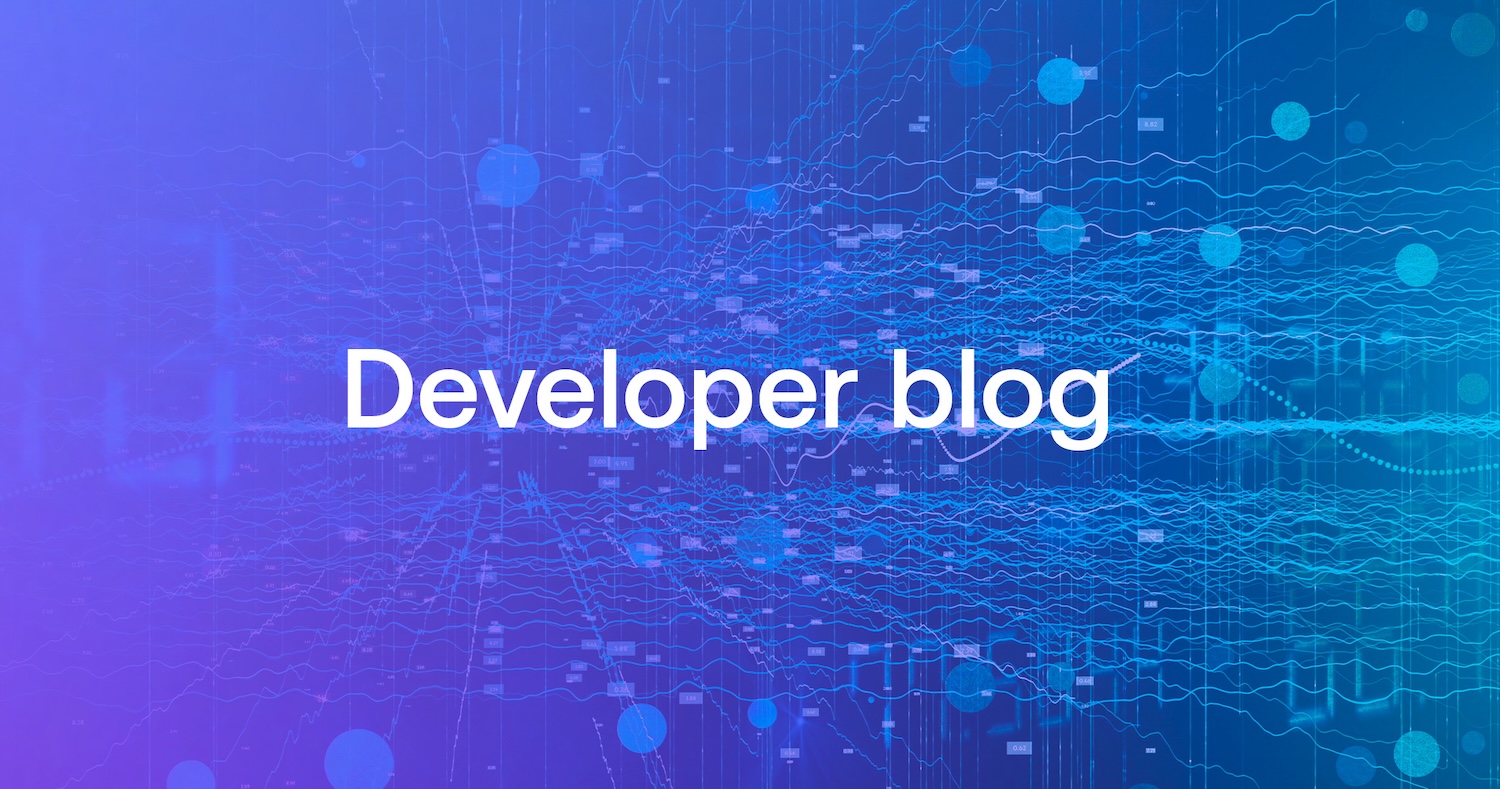Data is highly valuable to any business but can also become a sink for time and resources if it’s not managed correctly. Not only does poor data collection and storage result in unmanageable data swamps, but it also puts organizations at risk of serious data breaches.
Data governance aims to improve an organization’s processes around collecting, storing, and securing their data. A data governance plan gives an organization a roadmap for realizing the positive gains from its data function while also enhancing its risk management. Here we’ll take a closer look at the core features of an effective data governance plan.
1. Clearly defined goals
One of the biggest issues with data management is that different functions don’t know what the “right” data looks like, so they just collect and store everything. The resulting data swamps are then impenetrable, making it impossible for data analysts to derive quality insight from them quickly. Therefore, every effective data governance plan must start out by making clear definitions of what the organization wants to achieve with its data.
This data governance framework will cover all aspects of data management and security throughout the business. From that point, it can then be established how data should be collected and stored and what data should be collected in the first place.
2. Established methodologies
There are numerous ways to collect, store, and analyze data, and some deliver more advantages than others. However, one of the most important elements of a data governance plan is to deliver consistency across all of the organization’s data operations. Without consistency in methodologies, data will end up being collected and stored in different formats and across storage points with varying speed and access capabilities. This creates considerable problems for data analysis. It slows down the speed of insight and often renders the data unusable, such as when metadata or other identifying information hasn’t made it through the process gap.
There will likely be legacy data collection processes already in place, so an organization should create a long-term integration plan to unify them.
3. Delivering data integration
Data needs to be interoperable and unified in format before analysis can be performed and business insights created. Unfortunately, most data operations feature siloed data collection that uses different collection, storage, and analysis tools. To overcome these barriers, a data governance plan needs to focus on delivering data integration and interoperability between all functions of the organization. This can be a long process if data integration rules are being applied across all areas of the business and legacy data; however, advanced data virtualization tools can instantly integrate and unify datasets.
4. Defined access and responsibilities
Knowing who has access to data, what they can do with it, and how to change levels of access and responsibility is a core element of any data governance plan. Broken access control is one of the biggest security threats, according to the highly-regarded OWASP Top 10. Considering the value of data to cyber attackers, it’s no surprise.
Lack of a coherent access policy creates loose ends and means hackers may only need one point of entry to gain access to an entire system, such as in the case of the Colonial Pipeline hack. For that hack, a single stolen password enabled attackers to cause infrastructural chaos and tens of millions of dollars in damages.
5. Should enhance ROI
The reason businesses have data functions in the first place is to deliver insight that can boost revenues or reduce costs. A good data governance plan should always be focused on making sure that is actually happening. Technical gains can lead to business gains if they’re targeted in the right areas. This means the speed of the data pipeline from collection to analysis and back to frontline usage needs to constantly be improved, with the goal being high-quality, real-time insight. Data governance should also look to reduce costly storage and streamline the resource usage of data functions.
6. Easily scalable
Every data governance plan should take into account the current state of data management in the organization. It should also lay the foundations for how the data function will look in the future. The world seems to be going in only one direction in terms of data collection and usage, so your data governance plan should future-proof the data needs and capabilities of your business.
7. Ensures regulatory compliance
Data usage regulations around the world, such as California’s CCPA and the EU’s GDPR, give very clear guidelines and obligations for organizations doing business in those territories. The onus is on those who collect and use data to ensure consent is given and that data is only used as it’s supposed to be used throughout its lifecycle.
Lax security and data breaches can be severely punished by fines, such as the €20 million or 4% of global revenue laid out in the GDPR. To minimize financial risk, your data governance plan needs to establish clear rules around data usage and how that data will be secured.
8. Improves risk management
As mentioned, data introduces significant risks to a business in terms of regulatory issues. However, data breaches also have a major impact on consumer trust and can lead to lost sales and more expensive customer acquisition costs. There is also a considerable threat of litigation from customers affected, such as in the Equifax data breach, where a $380 million dollar payout had to be made to customers.
A data governance plan improves risk management by creating clear processes around how data is accessed and managed throughout its lifecycle.
Let us help
An effective data governance plan delivers great benefits. It can improve ROI by revealing opportunities for increasing revenue and reducing costs while also minimizing the risks created by your data operations. However, finding the right tools to implement your data governance plan is essential for its ultimate success.
Intertrust Platform helps businesses achieve the core goals of their data governance plan by providing virtualized access to all of their data assets. This means that a centralized data governance function can define granular access rules for all data, while also allowing it to be brought together for analysis in secure containers no matter where it is stored. Data integration and interoperability are also ensured as Intertrust Platform unifies all data formats when it is brought together for querying, thus removing the need for expensive and slow unification of legacy assets.
To find out more about how Intertrust Platform helps organizations around the world improve ROI and speed of insight while also reducing costs and risk, you can read more here or talk to our team.
About Abhishek Prabhakar
Abhishek Prabhakar is a Senior Manager ( Marketing Strategy and Product Planning ) at Intertrust Technologies Corporation, and is primarily involved in the global product marketing and planning function for The Intertrust Platform. He has extensive experience in the field of new age enterprise transformation technologies and is actively involved in market research and strategic partnerships in the field.




